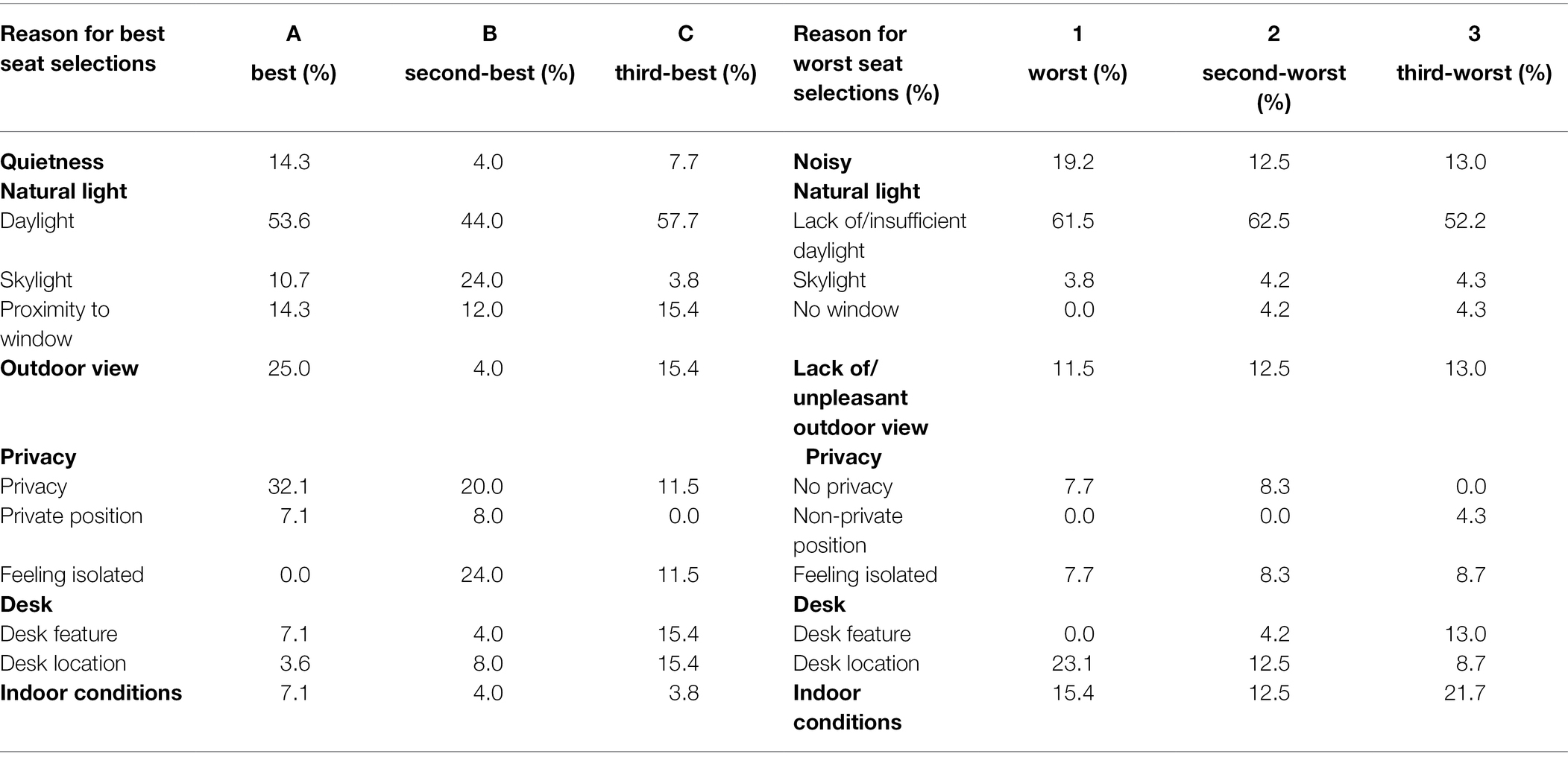In today’s rapidly evolving city landscape, the function of daylight surveyors has become significantly vital. As are usually and urban planners make an effort to create places which are not only aesthetically pleasing but in addition high efficiency and conducive to occupant wellbeing, the measurement and examination of natural light possess emerged as important components of the design process. Daylight surveys provide valuable observations that can considerably influence building style, layout, and alignment, making certain properties are usually both functional and harmonious using their atmosphere.

The particular importance of these surveys goes over and above simple light measurements; they play some sort of critical role in sustainable building procedures and urban planning. By evaluating just how daylight penetrates a place, daylight surveyors can easily enhance energy effectiveness, improve indoor quality of air, and contribute to the overall well-being of occupants. This particular article will explore the multifaceted globe of daylight surveying, highlighting its relevance in various contexts, from residential improvements to commercial areas and even heritage building renovations. Sign up for us once we illuminate the intricate connection between sun light plus building design, featuring the art and even science behind this kind of essential practice.
Typically the Impact of Sunlight Surveys on Constructing Design
Daylight surveys play an important role within shaping modern constructing design by guaranteeing that sun light is usually optimally utilized in a structure. These assessments allow are usually and designers to evaluate how light interacts with the building's orientation, layout, and elements. By understanding sun light patterns, designers can cause spaces that improve daylight exposure whilst minimizing dependency in artificial lighting, that is beneficial for the two energy efficiency and occupant comfort.
Incorporating daylight analysis early within the design period can significantly affect the architectural choices made throughout the project. For example, strategically placing windows, dfgdtrhfgh, and using light-colored materials can boost the distribution of natural light. This leads to brighter interiors that not only reduce vitality costs but furthermore foster a welcoming environment. A thoughtful way of daylighting can easily elevate aesthetic charm, making spaces experience larger and a lot more inviting.
Moreover, daylight online surveys contribute to reaching compliance with developing regulations and sustainability goals. Many jurisdictions now require daytime access assessments as part of the planning permission process, particularly in urban areas where overshadowing may become an problem. By addressing these factors, daylight research not simply assist in meeting legal standards but also showcase a healthier lifestyle environment, which will be increasingly prioritized in contemporary building design and style.
Enhancing Energy Efficiency through Daylight Research
Daylight surveys play a new crucial role within enhancing energy performance in buildings simply by optimizing using all-natural light. By accurately assessing Go to the website and distribution throughout a space, architects and designers can design buildings that minimize reliance on man-made lighting. This not necessarily only reduces electric power consumption but additionally lessens energy costs intended for occupants over time. Integrating daylight into creating design causes some sort of more sustainable strategy, as it aligns with global initiatives to lower carbon foot prints and promote renewable energy use.
The integration regarding advanced daylight research tools allows can be to simulate the particular effects of daylight in various scenarios. This software provides important insights into precisely how light enters some sort of space during several times of the afternoon and throughout diverse seasons. By knowing these dynamics, developers can position windows and devise covering strategies that maximize natural light when preventing excessive high temperature gain. This thoughtful approach not just creates comfortable residing and working conditions but also reduces the energy necessary for cooling and heating, more contributing to a new building's energy productivity.
Additionally, a well-executed daylight survey can absolutely impact occupants' health, leading to higher productivity and satisfaction levels. Spaces packed with natural light have got been shown to be able to boost mood and even performance, making daylight analysis an essential part of modern building design. As a new result, buildings may achieve higher strength ratings and accreditations, showcasing their dedication to sustainability in addition to energy-efficient practices, that is increasingly important in today's environmentally aware market.
The Part of Daylight Surveyors in Sustainable Metropolitan Planning
Daylight surveyors perform a crucial role throughout sustainable urban preparing by assessing just how natural light interacts using built environments. Their own expertise really helps to make spaces not just provide adequate light but also leverage sunlight to enhance energy efficiency. By conducting thorough examines, daylight surveyors determine the potential for natural gentle to reduce reliance on artificial lights, thus promoting energy conservation and reducing carbon footprints within urban developments.
In the particular context of high-density areas, daylight surveyors are crucial for stopping overshadowing, ensuring of which buildings never prevent light from achieving public spaces and neighboring properties. This particular is particularly significant in urban options, where tall constructions can significantly impact the amount of sunlight available. Their assessments lead to more considerate design decisions that prioritize light gain access to and create healthier dwelling environments, fostering a new sense of community and well-being.
Furthermore, daylight surveyors aid inside the integration involving sustainable practices within just urban planning frameworks. They provide critical insights for environmentally friendly building certifications, like LEED and BREEAM, by demonstrating exactly how proposed projects could maximize daylight consumption while adhering in order to regulatory standards. This particular collaborative approach not necessarily only enhances the aesthetic quality of metropolitan landscapes and also assures that new improvements are aligned using the principles of sustainability and resilience, creating cities that are usually more adaptable to be able to future challenges.
